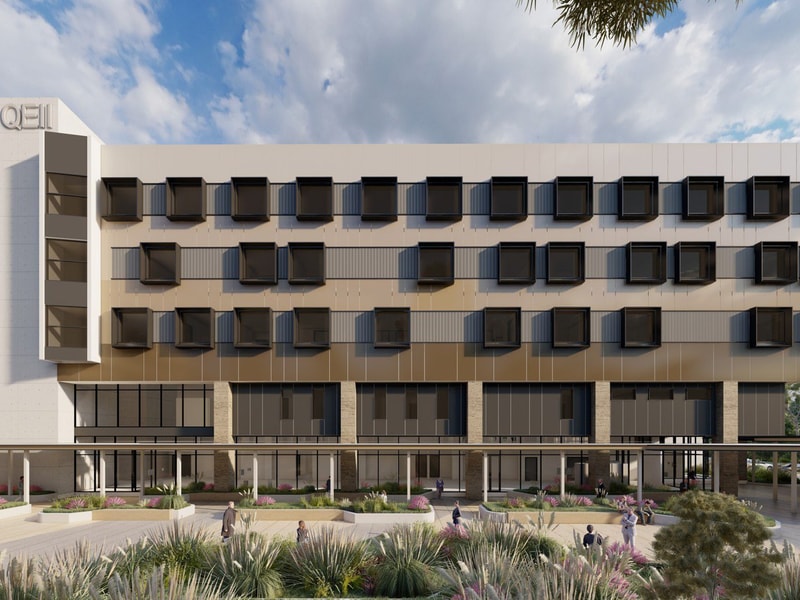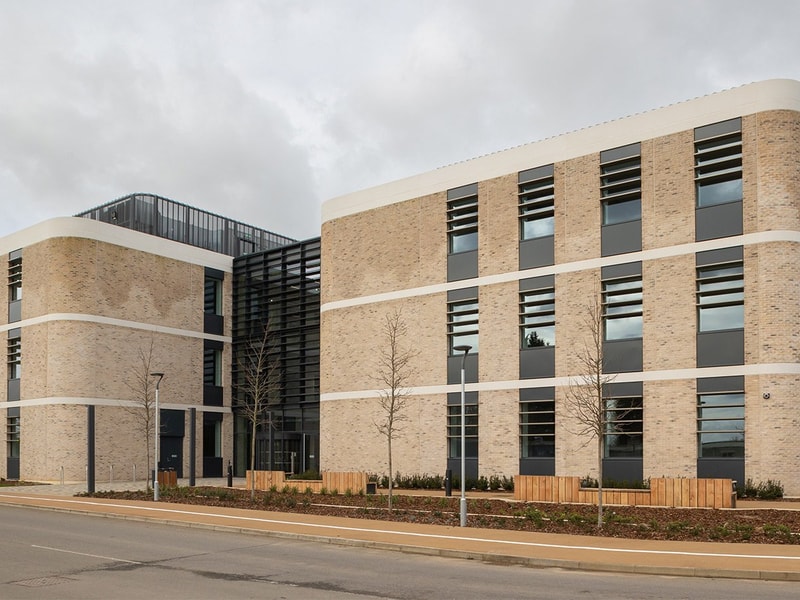
Key takeaways
750
patient capacity for cutting-edge treatment annually
6
m thick walls to protect from radiation
150
tonnes of equipment delivered
- Delivered the UK’s first NHS proton beam therapy centre that will benefit countless lives across the country.
- The main piece of equipment the Cyclotron, said to be as heavy as a Boeing 747, will enable the treatment of three patients simultaneously, five days a week.
- Collaborated on the Integrated Procedures Unit in tandem with the trust, co-locating radiology, procedure unit, pain service, plastic surgery, endoscopy, and day-case surgery.
We worked with the Christie NHS Foundation Trust on developing its new Proton Beam Therapy (PBT) Centre in Manchester, which will treat patients with a new kind of radiotherapy.
The challenging build was designed in line with UK guidelines, with the full support of the UK’s Health and Safety Executive’s Radiation Protection Advisers.
To ensure the hospital could remain fully functional throughout construction and avoid any disturbances to clinical activity, we worked with the trust and the main supplier to develop detailed logistics and construction plans that identified and resolved potential issues and challenges.
Our appointment as project manager of the PBT centre’s construction under the NHS P21+ framework was one of many developments that we have delivered for the trust, with which we have had a long-standing relationship. In 2014, we completed the Palatine Treatment Centre, which incorporates a Young Oncology Unit and Haematology Transplant Unit. We are also currently working on its new Integrated Procedures Unit (IPU).
Other projects
-

-

-

-

Catalysing science breakthroughs at The Oxford Science Park
Project
The Daubeny Project at The Oxford Science Park
-

-



